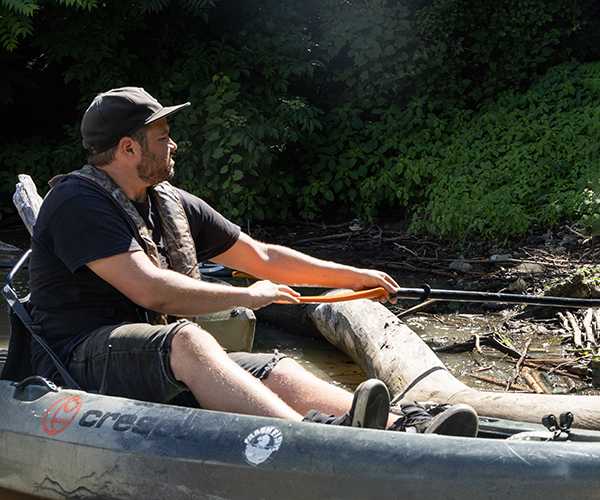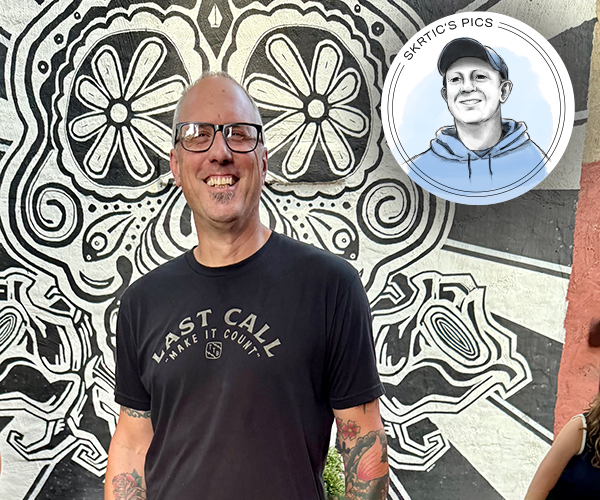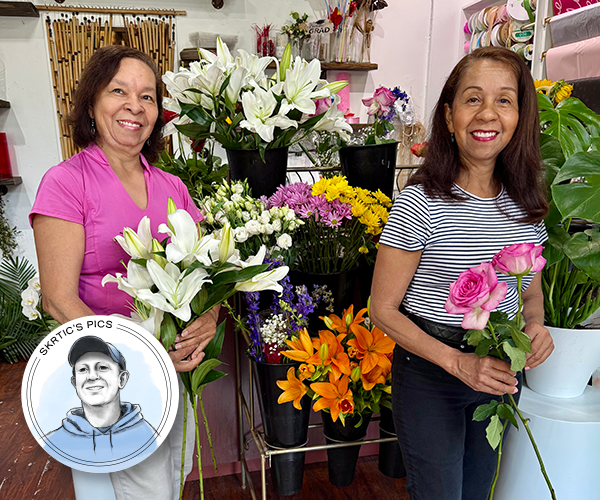William Kelso first became interested in history while growing up in Lakeside, Ohio — a tiny, Victorian town tucked along the shore of Lake Erie, not far from Sandusky.
"I was surrounded by history there," recalls Kelso, director of archaeology for the Association for the Preservation of Virginia Antiquities Jamestown Rediscovery project. "My mother was really interested in that. She was a reporter at the local paper and would do some history columns. But my main interest was playing football, to tell you the absolute truth. I had no clue what I was going to do at all."
He first considered history as a career while attending Baldwin-Wallace College on a football scholarship. It was the first step toward his 2003 discovery that has been classified as one of the most important in early American history — the location of the first permanent British settlement in North America, the original and thought-to-be-lost James Fort site on Jamestown Island. Last July, Kelso was called to the British Embassy in Washington, D.C., where he was made an Honorary Commander of the Most Excellent Order of the British Empire in recognition of his find.
Kelso had spent time in Virginia while still at Baldwin-Wallace, accepting a fellowship at the College of William and Mary in Williamsburg. The first place he visited that summer was Jamestown.
"That's when they told me the fort had washed away, and no one could actually discover it," he says. "In the back of my mind I thought, Maybe somebody should try someday."
Going on to pursue a career in archeology, he worked at Carter's Grove, Poplar Forest and Monticello, returning to Jamestown in 1993. By then, he believed the 1607 James Fort site could be found based on a 1901 document from an engineer and a theory published by British archeologist Ivor Noel Hume.
"The first day, I started finding artifacts that were old enough," Kelso says, adding that authenticating the site took years. "I was 90-percent convinced by the first summer that we were going to find it."
Though Queen Elizabeth II wasn't present at the British Embassy ceremony honoring Kelso, she did travel to Jamestown in 2007 to see his discovery first-hand. Kelso gave her a walking tour of the entire fort site — no reporters, no crowds, just the two of them.
"It was a very intense moment for me. What do you talk to a queen about?" he says. "She's very quiet. ... You think, Boy I'm blowing this opportunity, but she just takes it all in."



